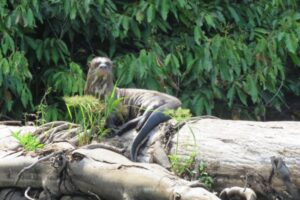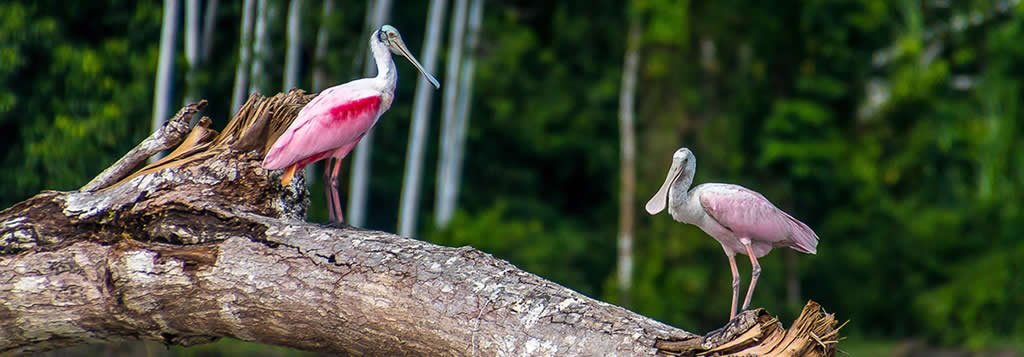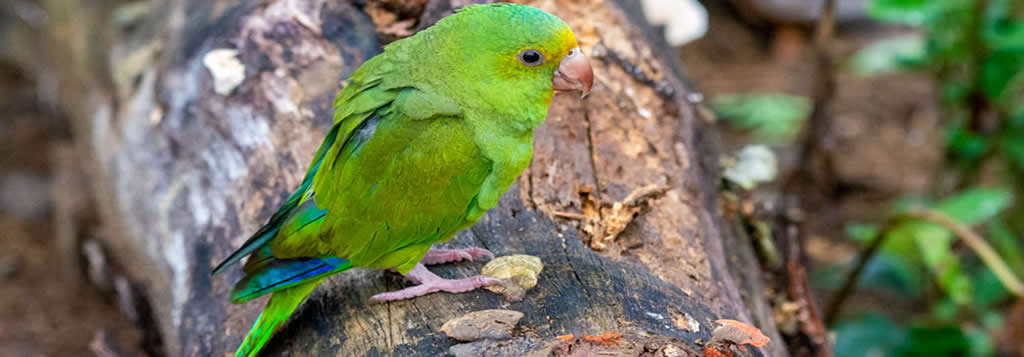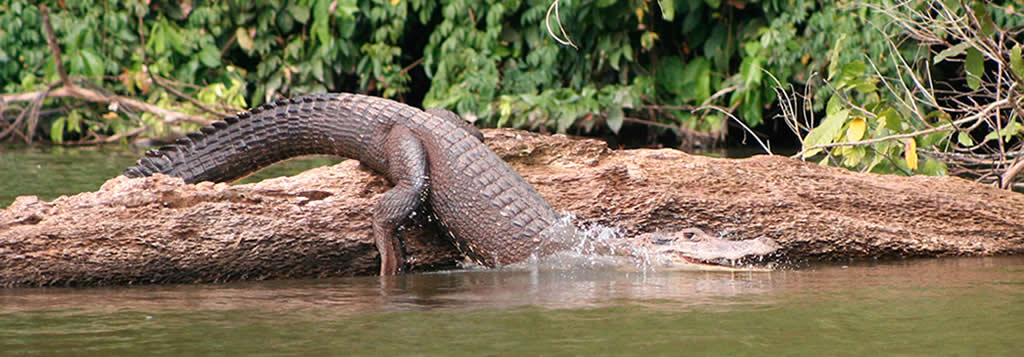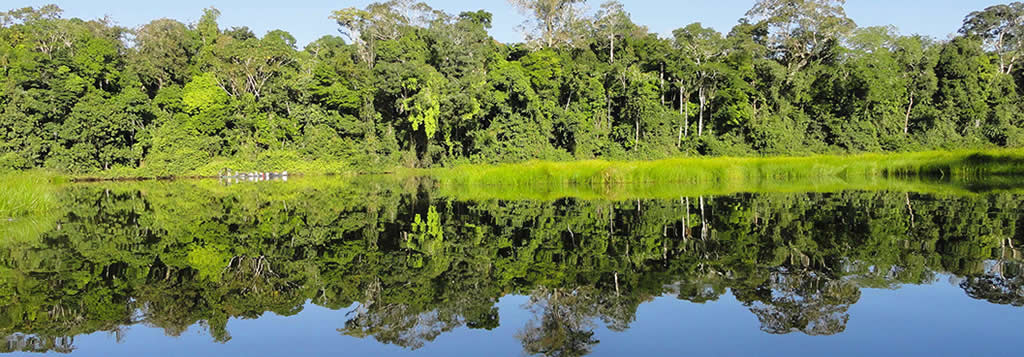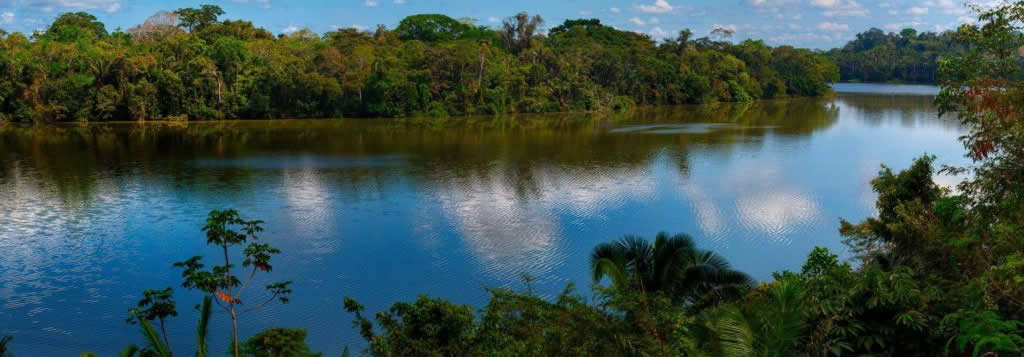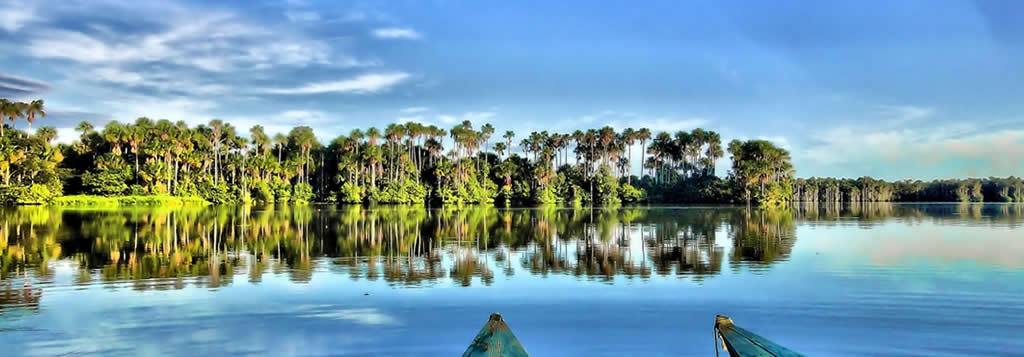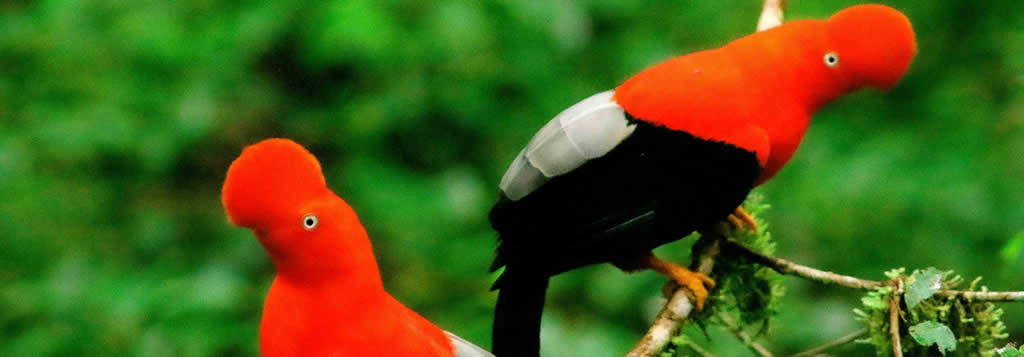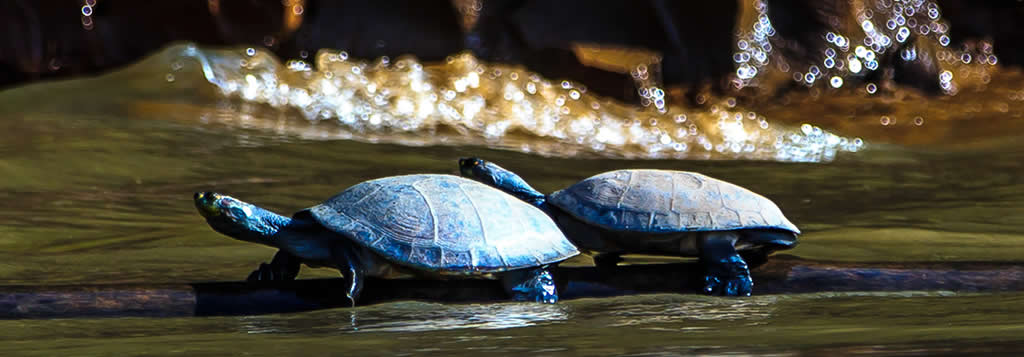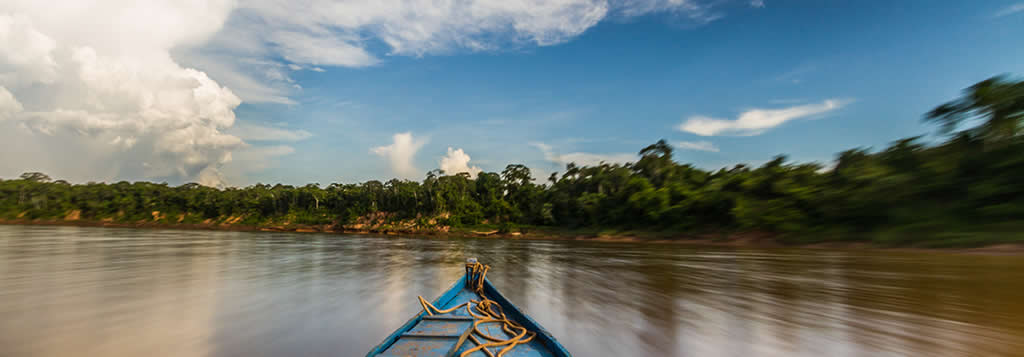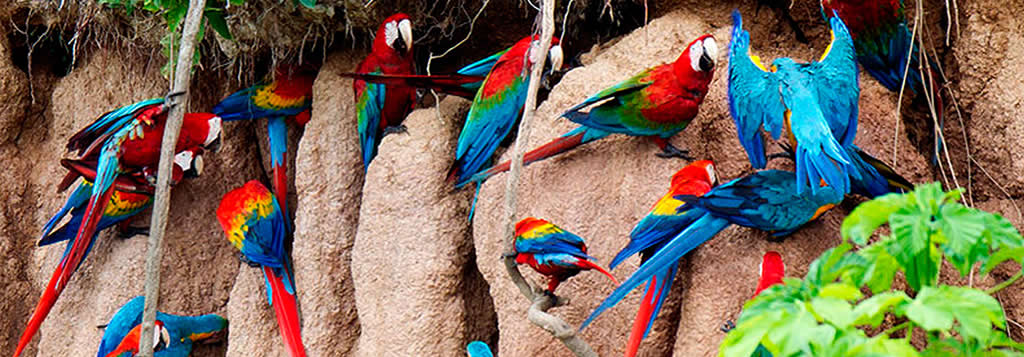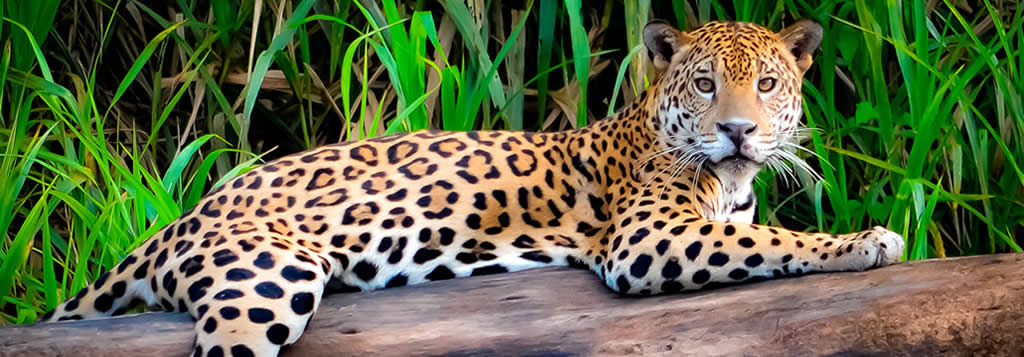Manu Reserved Zone 8 days 7 nights
Itinerary
DAY 1:
We leave Cusco early in the morning in our specially equipped vehicles. Approximately mid-morning we will visit the interesting tombs of Ninamarca, commonly known as “Chullpas”. We continue to Paucartambo, a typical Spanish colonial town, and then towards the Acjanacu pass, which marks the beginning of the Cultural Zone of the Manu Biosphere Reserve. Here, a thick blanket of clouds provides perpetual humidity and makes an ideal habitat for epiphytic plants such as bromeliads.
This varied and fascinating world is the home of the Cock-of-the-Rock, spectacled bear , orchids, tree ferns (one of the oldest plants), mosses and lichens. This cloud forest exists between 2,000 and 3,500 meters above sea level and at least 50% of the plant species found here are endemic to this region. During the night at “Orquídeas de San Pedro Lodge”.
DAY 2:
Today we woke up very early to observe the Cock-of-the-Rock (Rupicola peruviana ), the national bird of Peru from a platform. The males are vibrant reddish orange, and all of several dozen join together for an exhibition of a ritual mating dance at a place called Lek. The males show their crest, showing and postures for the females. The females, smaller in number, see to select the most suitable males. After breakfast we continue on our land transport * 1 along the narrow road between waterfalls and canyons towards the town of Pilcopata * 2 and then to the port of Atalaya. Here we will embark on our deck, outboard motor boat and head towards the Alto Madre de Dios River for approximately 15 minutes towards our Private Reserve “Erika”, a comfortable 12-room establishment owned by Manu Ecological Adventures, where we will take a hike to through the interesting trail system that makes this transitional point between high and low jungle. . Overnight at the hostel * 1 Optional free: Descend with mountain bikes from our hostel San Pedro (1700 meters above sea level) Cloud Forest towards Pilcopata (700 meters above sea level) Selva Alta. *2 Free Optional: Here in the city of Pilcopata we will make the final adjustments for a 1 ½ to 3 hour river rafting (class I and II rapids) trip down the Koshñipata River where we will have the opportunity to take a dip and of course enjoy the spectacular view of the Koñeq Canyon. Continuing along the Alto Madre de Dios River to the Erika Hostel.
DAY 3:
After breakfast we leave the Erika hostel, we will board our boat for the tour of four hours along the Alto Madre de Dios River to the Boca Manu landing strip. During our trip we will be able to see some species of birds typical of the river or the forest edge, such as: Black Skimmer, Pied Lapwing, Capped Heron, Jabiru Stork, and several species of Kingfishers, Swallows and Flytraps. (Optional flight from Cusco to Boca-Manu, meaning some new members can join our group, the plane flies over the Andes to a narrow gravel landing strip in the jungle, the flight takes approximately 45 minutes) . The town of Boca Manu is located a short distance from the confluence of the Manu River with the Alto Río Madre de Dios place, where you can buy your last fresh supplies and cold drinks before heading out again in the canoe. We now enter the Manu River and the Reserved Zone, stopping at a white sand beach, where we camp along the river bank. Short walk around the area. New !!! *3 Optional free Canopy Tour: At the Erika lodge, our guests traverse from tree to tree and platform to platform using pulleys in traversal horizontal cables (zip lines), as they navigate through the treetops of the tropical rainforest canopy, and on the trails far below. Specialized staff will help you on this exciting journey through the different layers of the virgin rainforests and explain what is happening around you, from the moment you leave the ground, until you rappel down to the forest floor. span>.
DAY 4:
Very early and after a ten-minute boat ride, we will arrive at a Lick “Collpa” parrot “, which is a clay wall on river banks, where many species of parrots such as the blue-headed parrot, white-eyed parakeet, dark-headed parrot, chestnut-fronted macaw and others feed on mineral supplements and salt to their diet of seeds and fruits. After registering in the official tourism journal in Limonal, the park ranger headquarters and eating an early breakfast, we will continue traveling along the Manu River for approximately 4 hours in the middle of the heart of the reserve, we will leave the final traces of human presence behind we. We arrive at Salvador Lake, our base safari camp (planned dining room, toilets/showers and radio communication is available). The differences in wildlife abundance will be noticed immediately as we will begin to see macaws, herons, kingfishers and cormorants frequently and improve our chances of encounters with capybaras, alligators, storks, ducks and other wildlife, which we often see animals taking the sun on the beaches, or in search of food in the trees that line the banks of the rivers. This canoe ride gives us the opportunity to observe the immensity of the tropical jungle. We arrive early in the afternoon and have lunch before heading out on a jungle trail, although at this time of day mammals and birds are not as active as early in the morning, we will concentrate on the forest itself and discuss general jungle ecology, return to the campsite.
DAY 5:
We wake up early in the morning, as the forest is awakened by the red howler monkey ( Aloatta seniculus) declaring its territory. A morning walk before breakfast is a great way to catch wildlife searching for food, as the temperature is very comfortable at this time of day. We explore Salvador Lake by silently paddling along a catamaran, which gives us the opportunity to observe unique species of birds, monkeys, alligators and with luck the Giant Otter (Pteronura brasiliensis). This endangered species can be seen swimming, fishing, eating and playing.
After we enjoyed lunch, we crossed the river to walk an 8 km trail to Cocha Otorongo. This forest, which is estimated to be 200-300 years old and includes truly enormous Ceiba trees and strangler figs, and is home to several mammals that are occasionally found: saddleback tamarins, squirrel, spider and brown capuchin monkeys, the of collar and the white-lipped peccary. At the lake a strategically placed observation tower rises 15 meters above the lake and the jungle floor, from the top you can not only see spectacular views of the lake and the surrounding forest, but also excellent opportunities for bird watching from the canopy. This also gives us more opportunities to spot wildlife including the giant otter. Return to Lake Salvador, in the afternoon we will use the catamaran and with the help of flashlights we can observe the black caimans rise from the depths of the lake and begin their search for prey. Return to the safari camp.
DAY 6:
Once again we woke up early, enjoyed walking around Lake Salvador and then packed our bags and little Little by little we go down the interesting Manu River. We arrived at 3:00 p.m. Approximately the Valley is an island that belongs to a native family and it is possible to take a walk through the forest to observe the American bullfrog, horned frogs, tree frogs and a wide variety of colorful insects. We continue to the town of Boca Manu, located a short distance from the confluence of the Manu and Alto Madre de Dios rivers. From here we descend the Madre de Dios River that reaches Juan de Dios de la Reserva and spend one more night in the Lodge in this magical Amazon jungle. Possibility of taking a short night walk.
DAY 7:
Around mid-morning our boat takes us back to the Boca Manu airport. At this point, those returning to Cusco by plane will catch their flight. This optional flight from Boca Manu to Cusco offers spectacular views of the surrounding jungle and meandering rivers of the area. The others follow the Alto Madre de Dios River to camp at an appropriate beach in the Cultural Zone and enjoy the sights and sounds of the jungle for one last night.
Optional: On day 6 we leave the Reserved Zone at 5 am. and board the canoe for an 8-hour trip to Balnquillo Reserva Privada arriving late this afternoon. On day 7, after a very early awakening, a special hide is used on the river bank in front of the “Collpa” – Macaw Claylick. We silently observe the various parrots that feed on clay for mineral and salt supplements to their diet of seeds and fruits. The brightly colored macaws often wait patiently in the surrounding trees until the smaller parrot species have left the area. Little by little, the macaws come down to the clay wall to feed. We need a lot of patience and silence to not disturb them as they eat the clay. This option depends on the season, weather conditions, river level and previous tourism success.
DAY 8:
Waking up very early, we continue the boat trip to Atalaya, where the bus will be waiting for us and return to the departure of Manu, arriving in Cusco very late tonight or early the next morning. END OF OUR SERVICES.
IMPORTANT: To comply with the group and guide, you will receive latest recommendations and answer questions; inform one day before departure at 7:00 pm. at the agency.
Include
- Own land transportation (land buses and 4WD vehicles), own boat transportation (deck motor boats), specialized and bilingual guides, 01 night in San Pedro open air lodge, 01 night in the Erika lodge, two-person tents, mattresses for sleeping, meals, First aid kit including anti-venom serums) air freight (optional - 10kgr maximum of luggage per person), paperwork and payment of Park permits, radio communication equipment in all hostels and campsites, telephone satellite for emergencies and as an additional service we offer security, valuables box and luggage storage at the main office in Cusco
Not Include
- Everything not mentioned previously
Recommendations
- Sleeping bag.
- Binoculars, camera and ASA 200 and 400 film for the interior forest.
- Warm clothing (in case of a cold front), long-sleeved shirts and long pants (cotton).
- 100% waterproof rain clothing (long poncho or rain wear).
- Insect repellent (at least 50% DEET), sunscreen lotion.
- A pair of lightweight ankle height boots and sandals.
- Flashlight, sufficient batteries (alkaline) and bulbs.
- Wide-brimmed hat (for sunny days), sunglasses.
- Towel, swimsuit, medications, and/or personal supplies (contact lens fluid, for example)
- Backpack, and one backpack or luggage duffel bag per person.
- A bottle of water for the first day, plastic bags.
Important note for your transfer
- Please send us your flight arrival details (TIME / AIRLINE / FLIGHT #: / DATE) once you book your flights, for your airport waiting service. You must send this information at least 5 days in advance.
- We need this information in order to provide you with a free and guaranteed transfer service, our staff awaits you upon arrival with a sign with your names at the airport, a detail of LIZ`S EXPLORER.
Gallery
Duration
8 days 7 nights
Difficulty
Moderate
Type tour
Adventure
Group
16 persons

